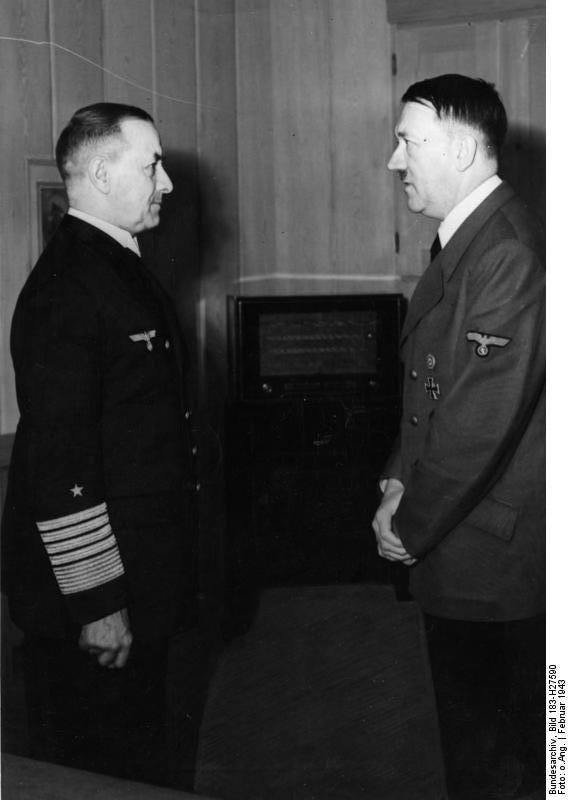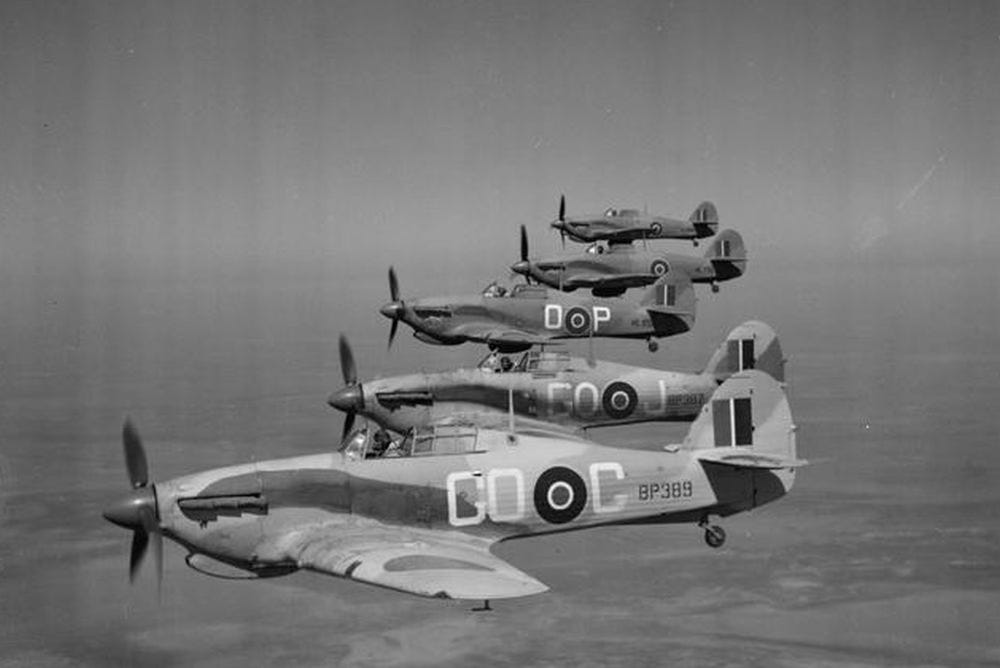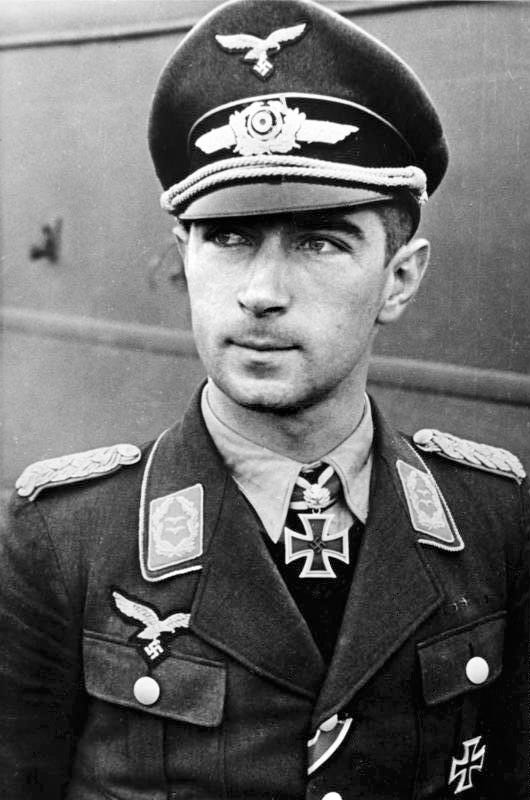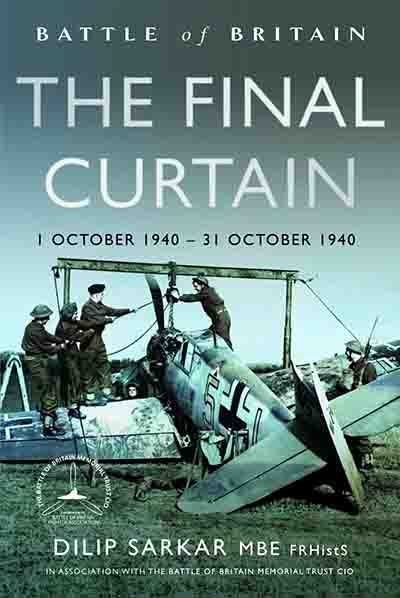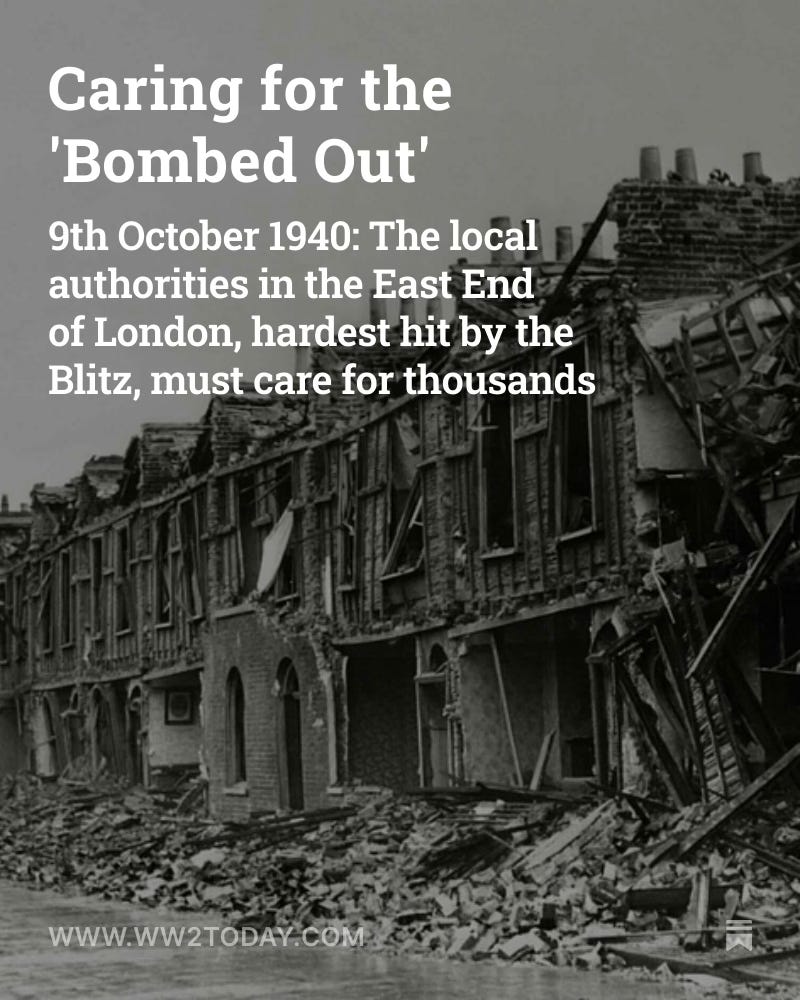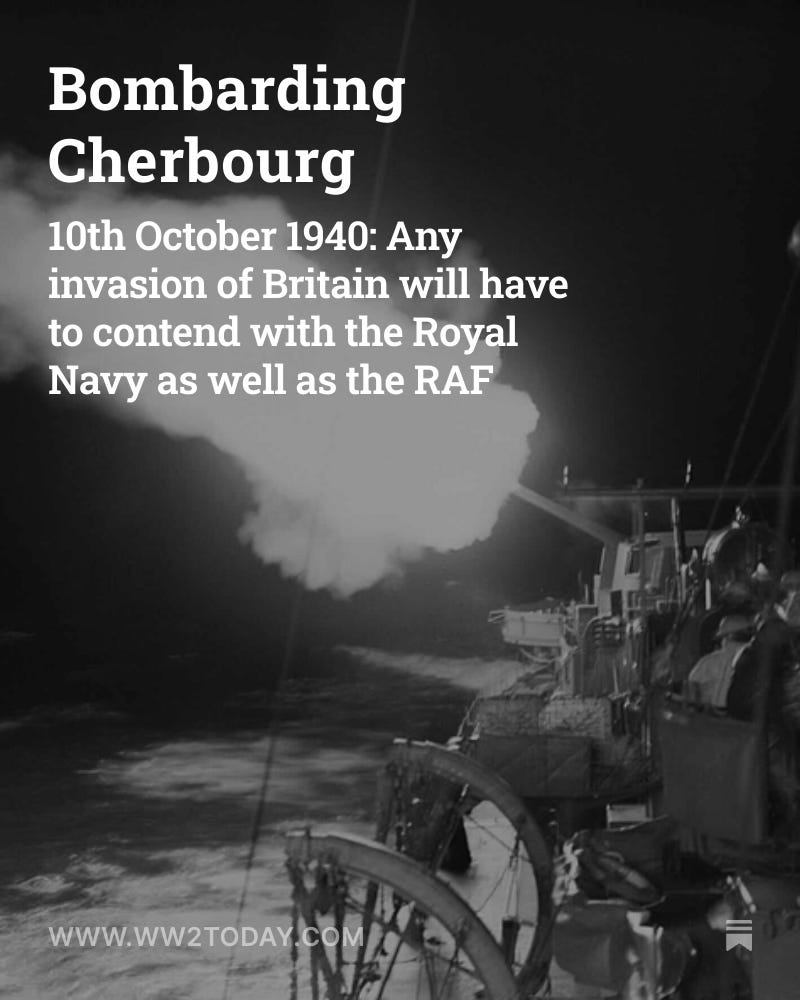The Battle of Britain ends?
12th October 1940: A further excerpt from Dilip Sarkar's history of the Battle of Britain, this time from the seventh volume, 'The Final Curtain'
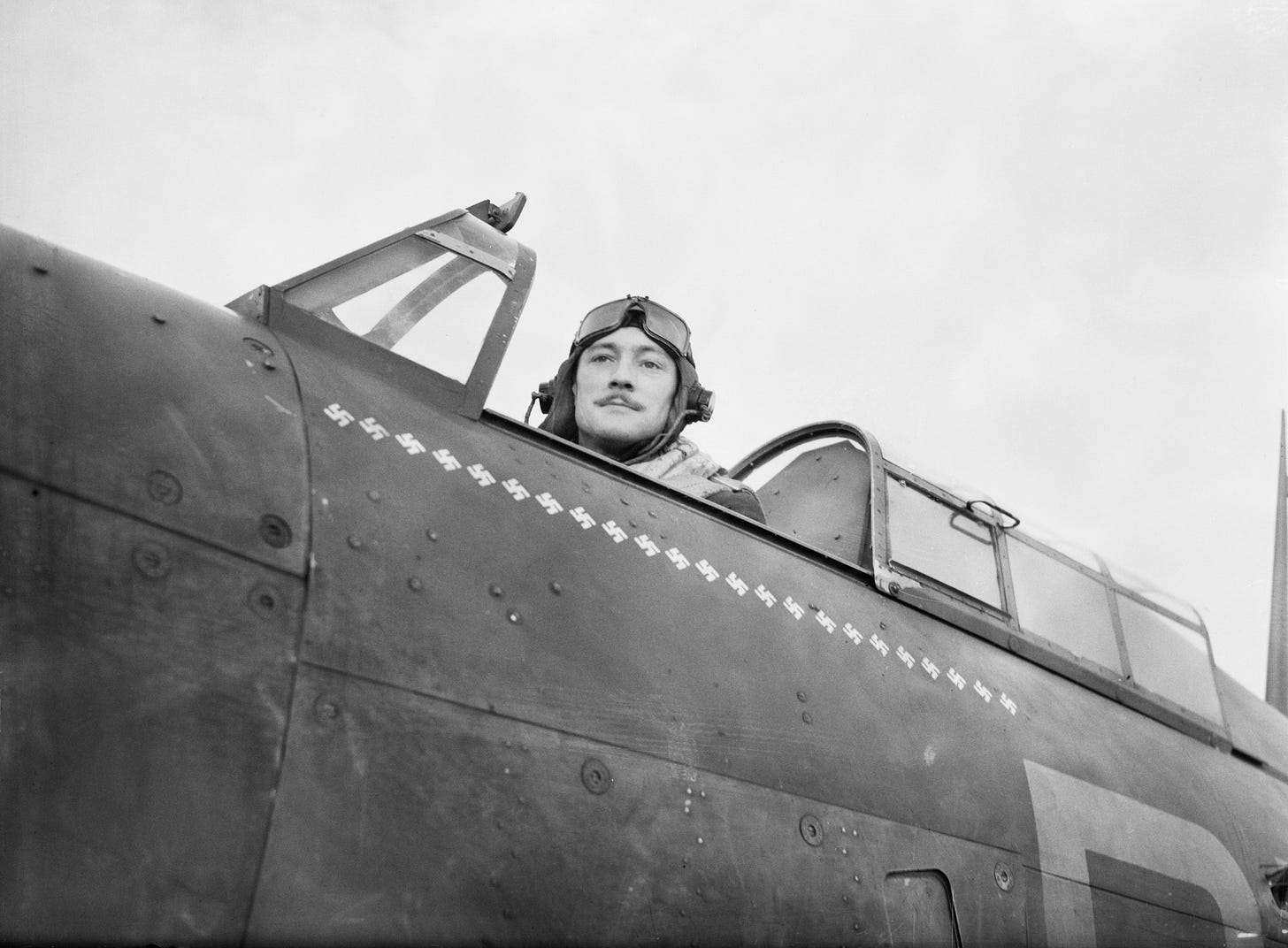
Another excerpt from Dilip Sarkar’s comprehensive, day-by-day history of the battle. Battle of Britain The Final Curtain: 1 October 1940 – 31 October 1940, is the seventh of eight volumes. Once again, this excerpt covers just part of one day, and just part of the air combat action. But, typical of this history, it also lays out the context - both with regard to Hitler’s decision-making and the technical progress that saw improved aircraft being delivered to the RAF’s frontline squadrons:
Saturday, 12 October 1940
As we have seen, although on 17 September 1940 Hitler postponed Operation Seelöwe ‘until further notice’, his intention remained to invade southern England in October 1940 in the event of the necessary conditions being achieved. Time, however, was never on Hitler’s side – but now the situation was critical: the time when winter weather and sea conditions rendered a sea-crossing impossible was at hand. Moreover, on 2 October 1940 the OKW expressed concern regarding the RAF’s attacks on the invasion ports, and these raids remained ongoing.
On 26 September 1940, Grossadmiral Erich Raeder had asked Hitler to make a final decision about Seelöwe by 15 October 1940, because this high degree of readiness required to maintain the invasion fleet was negatively affecting Kriegsmarine strength elsewhere – not least the vital U-boat campaign. Four days later, the OKW also wrote, pressing for a decision by the same date, because the continued concentration of forces in the invasion ports had led to ongoing attacks by the RAF and ‘continual casualties’. Moreover, Hitler’s winter training programme was now being impeded, and specialist troops, including engineers, could not be released back to their parent units in eastern Europe, where their presence was required.
On 12 October 1940, Hitler made his decision: there would be no invasion in 1940, preparations hereafter being ‘only a means of exerting political and military pressure on England’ – more brinkmanship and bluff – and ‘Should a landing in England again be considered in the spring or early summer of 1941, the required degree of preparedness will be ordered at the right time. Until then the military basics of a later landing will further be improved.’
Seelöwe, which had been in a gradual decline since 17 September 1940, was finally off. Although Hitler still considered the war already won, regardless, the fact was that the Führer’s intentions in 1940 had been frustrated – and for the first time Germany had suffered its first major failure of the Second World War.
If we are to accept that the Battle of Britain was fought to deny Germany aerial superiority over southern England, and thereby prevent a seaborne invasion, then this epic aerial contest must have begun on 2 July 1940, when the OKW announced the intention to invade – and ended on 12 October 1940, when Hitler finally abandoned Seelöwe and consigned this hazardous operation to the dustbin of history.
This, then, challenges the dates of the Battle of Britain, as set by the Air Ministry – 10 July 1940 to 31 October 1940 – which we will explore further in due course. The fact of the matter is, though, that despite the ongoing fighting by day and bombing of British cities by night – the Battle of Britain, now that the immediate threat of invasion had passed – had very much been won.
Nonetheless, whilst grand strategy was being decided by Hitler, the fighter forces of both sides once more prepared for battle. This significant day dawned much the same as the previous, autumnal mists giving way, at first, to a mainly cloudless sky with good visibility, although this would deteriorate as the morning progressed. The usual dawn patrols were flown uneventfully, but despite the poor weather seven attacks were mounted by Luftflotte 2, five of which penetrated to London. Some 400 aircraft were involved in these raids – there would be no decrease in pressure on the defences, therefore.
At Gravesend, 421 Flight became the first unit to receive the Hawker Hurricane Mk II, taking on six of these new machines whilst retaining two Spitfire Mk IIAs. The Hurricane Mk II was a marked improvement over the Mk I, which, with its Rolls- Royce Merlin II or III engine had a maximum service ceiling of 33,200ft, and maximum speed of 318 mph at 20,000ft. The Mk II, however, with the equally new Merlin XX engine, had a two-stage supercharger providing a maximum service ceiling of 37,500ft, and a maximum speed of 342 mph. The Hurricane Mk II, therefore, compared favourably to the Spitfire Mk IIA, the Merlin XII of which allowed a maximum service ceiling of 37,500ft and maximum speed, at 17,000ft, of 357 mph.
Whilst 421 Flight would put their new aircraft to good use, the majority of the original ‘Jim Crow’ Spitfires were distributed to fighter squadrons, the Spitfire Mk IIA having a faster rate of climb than the Me 109, which, most importantly, had a tighter turning ratio. At 08.50 hrs, seven Spitfires of 72 Squadron, and five of 92 Squadron, left Biggin Hill to patrol Maidstone at Angels 15, and at the same time the Hurricanes of 249 and 257 Squadrons were brought forward from North Weald to patrol from Hornchurch to Biggin Hill at Angels 20.
At 09.45 hrs, over Deal, the pair of Hurricane squadrons were bounced by Major Werner Mölders’s Stab/JG 51. No. 257 Squadron’s Pilot Officer John Redman was hit by cannon fire which destroyed his ASI and causing him to crash-land, unhurt, at Saffrey Farm, Selling, east of Faversham, and Pilot Officer Kenneth Gundry was also hit, forced-landing at Detling, wounded by shrapnel in in the legs and thigh. No. 249 Squadron’s Adjutant Georges Perrin, a Free French pilot, was shot down, baling out over Eastchurch, slightly wounded.
Mölders’s Stabschwarm claimed three Hurricanes destroyed, two by the Kommodore himself and one by Oberleutnant Georg Claus; a Hurricane was also claimed by Hauptmann Dietrich Hrabak of Stab II/JG 54. In response, only 249 Squadron’s Sergeant John Beard managed to return fire, attacking a 109, which was diving on six Hurricanes, which was last seen ‘going out to sea with glycol streaming out behind. He was losing height.’
The fight over the coast was seen by the Spitfires of 72 Squadron, from a distance but were unable to engage because deteriorating weather had split up the squadron, as pilots attempted to avoid collision ‘with another squadron of Hurricanes with which they had joined up’. Only six of the Spitfires returned to Biggin Hill at 09.48 hrs, however: Pilot Officer Herbert Case crashed and was killed at Capel-le-Ferne, near Folkestone. The cause was never established but Hauptmann Walter Oesau of Stab III/JG 51 claimed a Spitfire destroyed over Dungeness, so it is likely that Case was ambushed.
The same area remained the focus of the morning’s next clash. The Spitfires of 222 Squadron left Hornchurch at 09.15 hrs to patrol Gravesend before being vectored south to Maidstone at 30,000ft. Over Deal, at 10.15 hrs, ‘A’ Flight sighted three Me 110s, the Spitfires immediately going into line astern and diving to attack; before contact was made, however, the presence of twenty Me 109s sighted above changed the whole tactical scenario and ‘A’ Flight sensibly withdrew.
South African Flying Officer Brian van Mentz was leading ‘B’ Flight and sighted a lone Me 110 5,000ft below him, at 25,000ft, travelling in the opposite direction; van Mentz dived after it, firing from long range, 800 yards, as it appeared that the 110 would make cloud cover, causing smoke to issue from the starboard engine. The Spitfire’s windscreen then iced over, so van Mentz returned to base via Dover – where he received good news: he had been awarded the DFC.
It is astonishing, upon reflection, how many new pilots failed to return from their first engagement.
On 9 October 1940, 145 Squadron returned to Tangmere after its rest period at Dyce. Although patrols were flown over the next few days, it was now that the replenished squadron contacted the enemy for the first time this tour. At 10.10 hrs, 145 Squadron was patrolling at 30,000ft off Dungeness, with vics in sections line astern, when two Me 109s attacked from the sun. In what was his first meeting with the enemy, Yellow 1, Flying Officer Paul Rabone, a New Zealander, turned into the attack and after, both Hurricane and 109 turning tightly,
‘The Me 109 appeared to explode in mid-air. No black smoke was seen but plane spun downwards.’ The leading Me 109 then fired at Rabone, who took evasive action, spinning down to 10,000ft. Upon pulling out he saw a 109, which the Hurricane pilot assumed to be the machine he had hit, ‘crash into the sea and disappear, about five miles off coast, near Dungeness.’ Rabone’s Hurricane, however, had been so badly damaged in the exchange that although the pilot returned safely to Tangmere, and was himself unhurt, the aircraft was written off.
Two other 145 Squadron replacement pilots, also experiencing their first taste of combat, were not so lucky: Sergeant John Wadham was shot down and killed, his Hurricane crashing at Cranbrook, and Sergeant Peter Thorpe was also shot down and baled out, his Hurricane going in at Guestling; Thorpe later reported that he was deliberating fired upon by a 109 pilot during his descent.
Pilot Officer Roger Boulding of 74 Squadron made a pertinent comment: ‘It is astonishing, upon reflection, how many new pilots failed to return from their first engagement. To see was to live, but your “eyes” only grew with experience.’
No. 145 Squadron had been bounced by 1/JG 77, Leutnant Bernd Gallowitsch, Feldwebel Alfred Rosen and Unteroffizier Harald Kolbe all claiming Hurricanes destroyed. Five minutes after 145 Squadron was attacked, Squadron Leader Harry Hogan’s 501 Squadron, up from Kenley and patrolling from Robertsbridge to Oxney, was being stalked from behind, over Hawkhurst, by Me 109s. A Schwarm of these enemy fighters then turned towards the sea, and Hogan dived after them, from 27,000ft, the interception made at Angels 23, Hogan attacking the leading 109.
Immediately, the 109 dived steeply towards the coast, pursued by Hogan who shot bits off his opponent and from whose aircraft black and white smoke streamed. Confident that the 109 was finished, Hogan broke off, his Red 3 reporting seeing the 109 ‘spinning down’ and crashing into the sea ‘five miles SW of Rye’ – almost certainly the same 109 hit by 145 Squadron’s Flying Officer Paul Rabone, and Flight Lieutenant Eustace Holden of 501 Squadron.
Sergeant James Lacey confirmed that the 109 had hit the sea whilst he chased another, despite his windscreen frosting over. Clearing the screen, Lacey fired a short burst and watched the 109 make ‘a pancake landing in the Channel, the pilot climbing out before the aircraft sank. When I returned to base he was still swimming around quite strongly.’ Clearly, two Me 109s had been shot down into the sea – and yet according to German records the only fighter down in the Channel was just one of 7/JG 54, the pilot of which, Leutnant Behrens, remains missing.
That morning, Squadron Leader Stanford Tuck, CO of North Weald’s 257 Squadron, was at Biggin Hill, visiting his old squadron, 92, when the latter was scrambled at 08.55 hrs, to patrol Maidstone. Jumping into a 92 Squadron Spitfire in preference to his own Hurricane, Tuck flew the sortie as ‘Ganic Yellow 1’. At 10.15 hrs, Tuck sighted the action off Deal and Dungeness, seeing ‘several groups of Me 109s milling around with Hurricanes and Spitfires.’ Tuck reported this to the Ganic Leader, then attacked the leader of a pair of Me 109s flying in line astern:
I gave five short bursts from astern, abeam and quarter attacks, and he dived steeply, belching thick black smoke. Much evasive action at first, but this stopped after my third burst and he dived steeply, last seen going into haze at 5,000 feet with right wing down. Saw a large single black chevron on the starboard side of the E/A, just in front of black cross. No yellow nose observed.
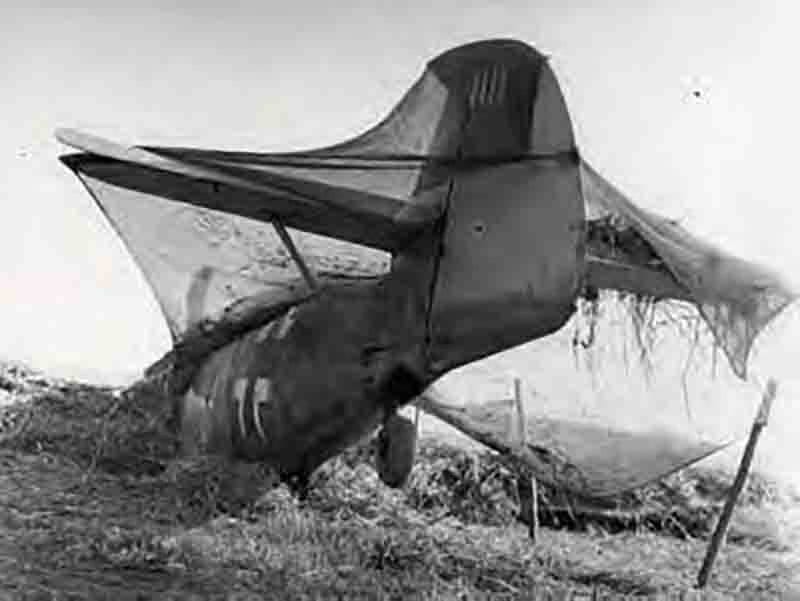
Chalking up his twentieth combat claim, Tuck had shot down Leutnant Bernhard Malischewski of Stab II/JG 54, the Gruppe signals officer, who was captured after forced- landing near Chapel Holding, Small Hythe, Tenterden, at 10.20 hrs. No. 92 Squadron made no other claims in the engagement, and suffered no losses.
Of Tuck, Sergeant Reg Nutter of 257 Squadron said,
I found [Robert Stanford] Tuck to be a very charismatic leader and this, combined with his exceptional combat record, immediately gave one a good deal of confidence in him. His style of leadership contrasted greatly with that of his-predecessor, Squadron Leader [Hill] Harkness. Tuck would make suggestions to the Controller as to how we would be better placed to make an interception, but Harkness would follow all instructions without question. There is no doubt that before Tuck’s arrival, squadron moral had sunk to a very low ebb; under his leadership there was a tremendous improvement. In many ways he was an individualist but he would go out of his way to give sound advice to other pilots.
Sarkar’s history continues with more details of other individual fighter actions from this day. However, he concludes with one other aspect of the broader battle:
On the night of 12 October 1940, the He 111s of the specialist Beleuchter-gruppe (fire-lighting unit, later known as Pfadfinders), Kampfgruppe 100, based at Vannes, equipped with the secret X-Verfahren and Knickebein radio beam navigation system, accurately bombed Coventry city centre with both incendiaries and HE. Nineteen civilians were killed and sixty-nine injured. It was the first heavy raid on the city – and an ominous portent of things to come for Coventrians.
©Dilip Sarkar 2025, ‘Battle of Britain The Final Curtain: 1 October 1940 – 31 October 1940’. Reproduced courtesy of Pen & Sword Publishers Ltd.


